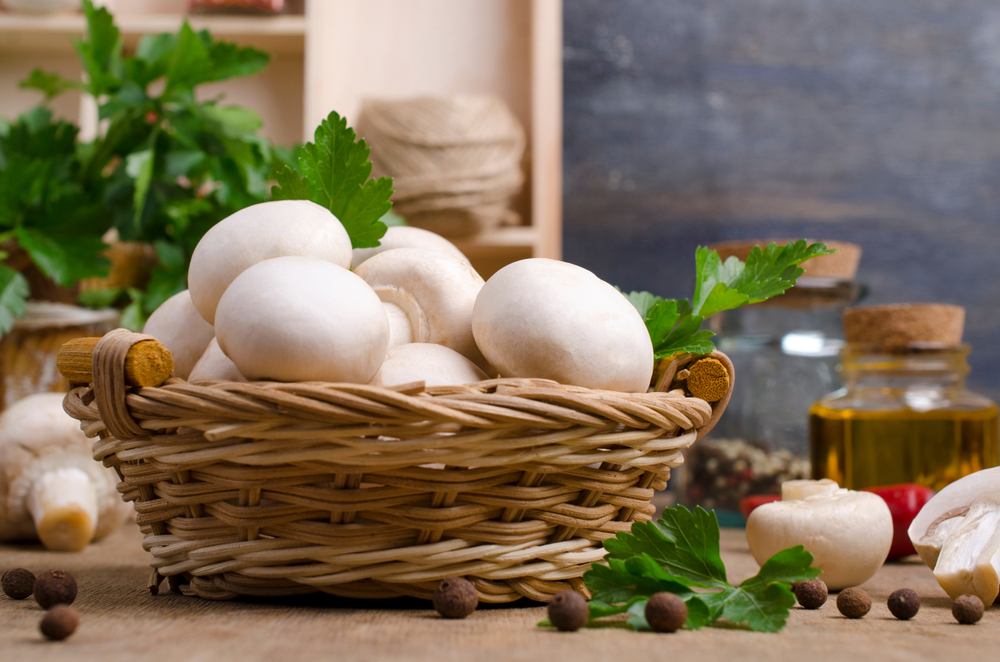In the realm of agriculture and horticulture, mushroom production has become a captivating venture for enthusiasts and professionals alike. It’s a fascinating world where science and nature collaborate to yield a unique and nutritious crop. The process of mushroom production is a meticulously structured journey that can be divided into several crucial steps. In this article, we will delve into each of these steps, demystifying the art of growing mushrooms. So, let’s embark on this extraordinary journey into the world of fungi.
Understanding Mushroom Production
Mushroom production involves a series of carefully orchestrated stages to ensure a bountiful harvest of these delectable fungi. The key steps in this process are:
Spawn Production
The journey of mushroom production begins with the creation of spawn. Spawn serves as the “seed” for mushroom cultivation. It is typically prepared using grains or other substrates that are inoculated with mushroom mycelium, the vegetative part of the fungus. This mycelium is essentially the root system of the mushroom.
Compost Preparation
Once the spawn is ready, the next step is compost preparation. Compost is the nutrient-rich substrate that will support mushroom growth. It is usually a blend of organic materials like straw, manure, and agricultural waste. The compost needs to be sterilized to eliminate any competing organisms that could hinder mushroom growth.
Spawning
Spawning involves mixing the prepared spawn with the compost. This is the stage where the mycelium from the spawn colonizes the compost, creating the ideal conditions for mushroom growth. It’s a crucial step that sets the foundation for a successful harvest.
Spawn Running
As the mycelium colonizes the compost, it spreads like a network, creating a web of nutrients. This stage, known as spawn running, is crucial for the development of a healthy and robust mycelium network.
Casing
Casing is the process of adding a protective layer to the colonized compost. This layer, often made of peat or a peat-based mixture, helps to create the right conditions for mushroom formation. It provides a microenvironment that encourages the growth of the mushroom’s fruiting body.
Fruiting
Fruiting is the much-awaited stage when mushroom pins start to develop into mature mushrooms. This phase requires specific conditions such as temperature, humidity, and light to trigger fruiting.
Harvesting
Harvesting is a delicate art. Mushrooms are typically harvested at the button stage when the caps measure 2.5 to 4 cm across and are still closed. To harvest, they are gently twisted to avoid disturbing the casing soil. The first crop usually appears about three weeks after casing.
Post-Harvest
After harvesting, it’s essential to replenish the casing with fresh sterilized material and water. This helps prepare the environment for subsequent crops.
Maximizing Mushroom Yield
Mushroom cultivation can be a highly rewarding endeavor. A short method for preparing compost under natural conditions has been found to yield 15-20 kg of mushrooms per 100 kg of compost, creating a title in itself.
Conclusion
Mushroom production is a fascinating journey that combines scientific knowledge with the wonders of nature. Each step in the process plays a vital role in ensuring a successful harvest of these delectable fungi. With the right techniques and care, you can enjoy a bountiful mushroom harvest in your own space.
FAQs
- What is spawn in mushroom production? Spawn is the “seed” for mushroom cultivation, consisting of a substrate inoculated with mushroom mycelium.
- Why is casing important in mushroom production? Casing creates a microenvironment that encourages mushroom fruiting.
- How long does it take for the first crop of mushrooms to appear after casing? The first crop typically appears about three weeks after casing.
- What is the best way to harvest mushrooms without damaging them? Mushrooms are best harvested by gently twisting them to avoid disturbing the casing soil.
- How can I maximize mushroom yield in my cultivation? Using a short method for compost preparation under natural conditions can lead to higher yields.
Remember, mushroom cultivation requires patience, attention to detail, and a love for the process. Get started on this exciting journey and reap the rewards of fresh, homegrown mushrooms.
Read More : About Mushrooms

